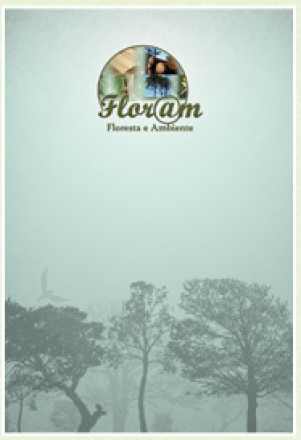Characterization and Pathogenicity of Fusarium oxysporum Associated with Carya illinoinensis Seedlings
Floresta e Ambiente
Characterization and Pathogenicity of Fusarium oxysporum Associated with Carya illinoinensis Seedlings
Autor Correspondente: Tales Poletto | [email protected]
Palavras-chave: etiology; root rot; pecan
Resumos Cadastrados
Resumo Inglês:
Pecan cultivation in Brazil has gained increasingly economic importance in the southern part of the country. The objective of this work was to identify the pathogen that causes root rot in Carya illinoinensis seedlings in the nursery, through morphological, molecular and pathogenicity tests. Fungi from the genus Fusarium found in symptomatic roots of pecan seedlings were isolated in potato dextrose agar (PDA) culture medium and purified. Morphological characterization was performed in PDA and carnation leaf agar (CLA) media. For the molecular characterization, the genomic segments ITS (internal transcribed spaces), β-tub (beta-tubulin), and tef1-α (elongation fact 1-alpha) were sequenced. The pathogenicity test was performed on healthy seedlings in the greenhouse. The combination of morphological and molecular characters was fundamental for identification of the species, showing that the most suitable genes for identification were ITS and tef1-α. The causative agent of root rot in C. illinoinensis seedlings in the nursery was identified as Fusarium oxysporum.

